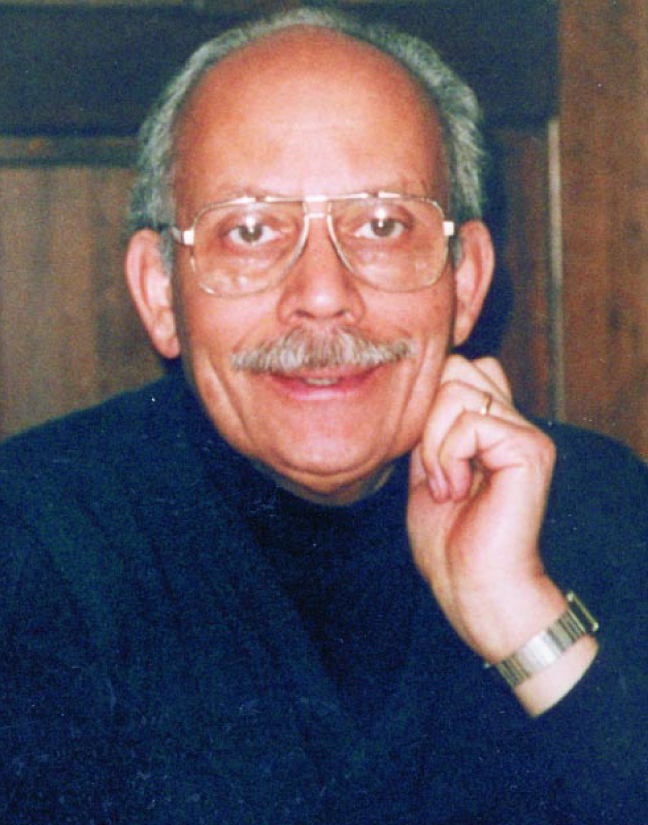Harold Ralph Lewis
DOI: 10.1063/1.1535021
Harold Ralph Lewis, an emeritus professor of physics at Dartmouth College, died at his home in Hanover, New Hampshire, on 25 March 2002, following a courageous battle with multiple myeloma. Ralph was born on 7 June 1931 in Chicago, Illinois. He received AB and SB degrees in physics from the University of Chicago. He earned his MS (1955) and PhD (1958) degrees, both in physics, from the University of Illinois. His doctoral research, “A Method for Measuring Magnetic Fields in Superconductors,” was carried out under the direction of Hans Frauenfelder. Ralph was reportedly an outstanding and cooperative student, with a knowledge and skill in theoretical physics that were remarkable for an experimentalist. Much of his later work was in theoretical physics. He was a postdoctoral research associate at the University of Heidelberg in Germany from 1958 to 1960 and an instructor in the physics department at Princeton University from 1960 to 1963.
In 1963, Ralph became a staff scientist on Project Sherwood (later to become the controlled thermonuclear division) at Los Alamos National Laboratory, where he remained for 28 years. He spent those years working primarily on the controlled thermonuclear fusion project. During part of that time, he served as deputy group leader and associate group leader of the magnetic fusion theory group and earned distinction as an LANL fellow. He was equally adept in analytical and numerical methods. He focused much of his effort on the application of computers to plasma physics, an area in which he made numerous contributions. He developed Hamiltonian methods and applied them to models, such as the Vlasov fluid model, for treating plasma equilibrium and stability, and to a method of solving linear equations with time-dependent coefficients.
During the academic year 1975–76, Ralph took leave from LANL to accept a visiting professorship offer at the University of Wisconsin–Madison. There, he suggested a research topic for, and participated in the advising of, a graduate student, James Schwarzmeier. The thesis involved the simulation of Bernstein-Green-Kruskal (BGK) waves in plasmas and a comparison of the results with calculations using an analytic method developed by Ralph for the analysis of inhomogeneous equilibria.
Over a period of about 25 years, Ralph also held visiting faculty positions at Pennsylvania State University, the University of the Witwatersrand in South Africa, Culham Laboratory in the UK, and the Atomic Energy Commission (CEA) and National Center for Scientific Research (CNRS) in France. He tutored in the undergraduate and graduate programs at St. John’s College in Santa Fe, New Mexico. And, from 1988 to 1990, he worked on administrative assignment at the US Department of Energy’s Office of Fusion Energy. Fluent in German, Ralph collaborated on Pauli Lectures on Physics (MIT Press, 1973), a six-volume translation of the lecture notes of Wolfgang Pauli into English.
Ralph became professor of physics at Dartmouth in 1991, and, until his retirement in 1999, taught graduate and undergraduate courses, supervised PhD students and research associates, and published papers on the plasma physics of nonideal magnetohydrodynamic steady states in fusion devices and on some nonlinear mechanics problems that had interested him at a much younger age.
Ralph had a lifelong and intense interest in classical and jazz music, and was an accomplished clarinetist. He and his wife, Renate, were involved for many years with support activities at the Santa Fe Opera, Santa Fe Chamber Music Festival, and Los Alamos Concert Association. Ralph was an avid skier and hiker, always happy to be outdoors in the varied terrains of New Mexico and New Hampshire. He will be greatly missed by all who knew him.

Harold Ralph Lewis

More about the Authors
Harry Dreicer. 1 Los Alamos National Laboratory, Los Alamos, New Mexico, US .
David C. Montgomery. 2 Dartmouth College, Hanover, New Hampshire, US .
Keith R. Symon. 3 University of Wisconsin-Madison, US .
Leaf Turner. 4 Los Alamos National Laboratory, Los Alamos, New Mexico, US .
